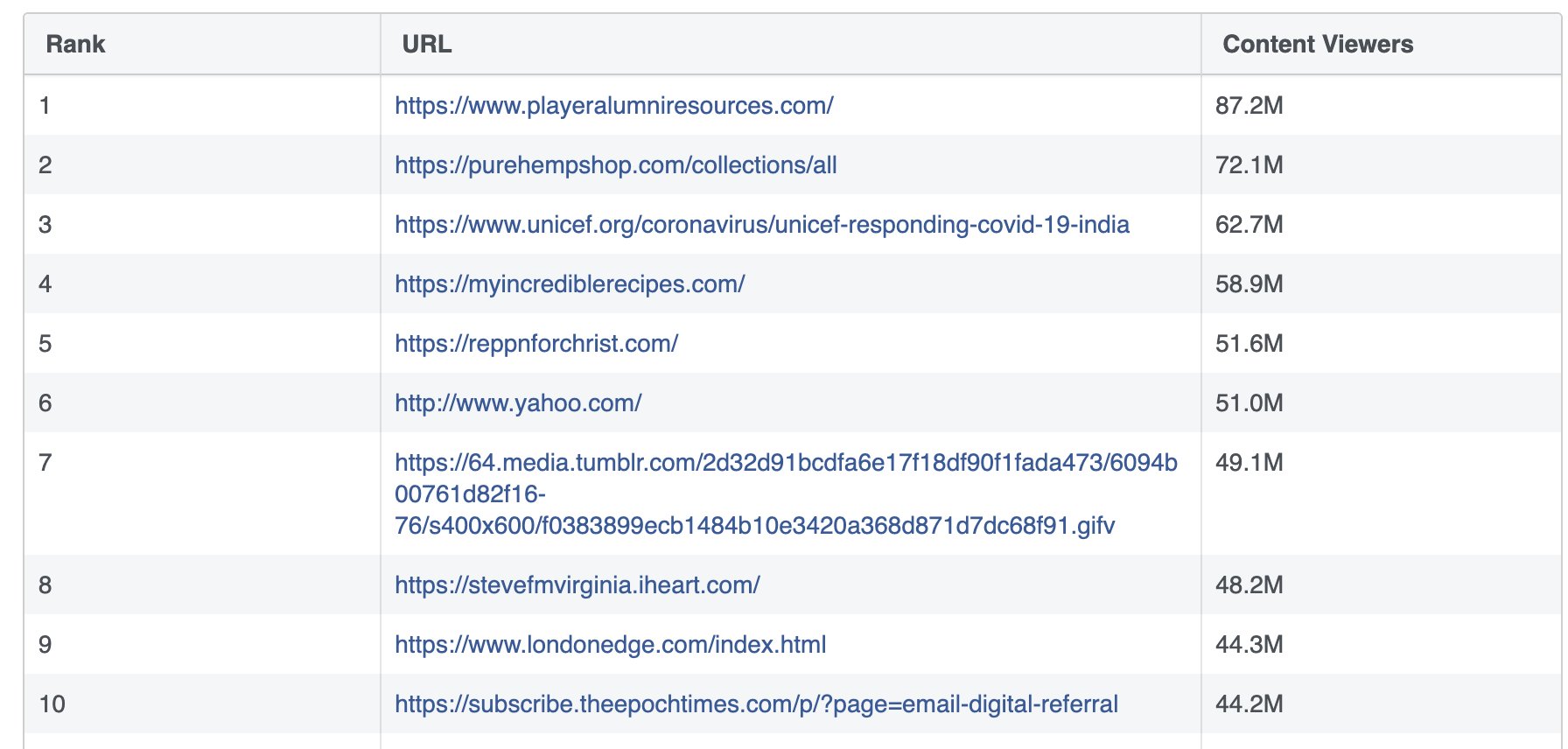Contributor
The most critical phase in a marketing team’s mix and overall multichannel strategy happens after you press send on an email campaign: the post-send and performance pillars of email marketing.
During this phase, marketers should gather metrics and data to guide insights impacting future emails and entire marketing campaigns. Email metrics can influence ad messaging and social posts and guide the design, content and product marketing teams. When used strategically, these metrics increase email programs’ ROI while raising marketing channel and workflow efficiency and effectiveness.
As one of the most lucrative channels for reaching target audiences — for every dollar invested in email marketing, brands receive $36 in return — email enables brands to reach their core consumer base: email subscribers.
Just as they adjusted to accommodate the evolution from print to digital, marketers must pivot and accommodate this new disruption to remain competitive — and successful.
They have opted-in to email touch points because they want to hear from the brand. By applying these insights via analytics, marketers optimize marketing spend and messaging to hit business goals.
Email impacts marketing strategy and enables better overall business success. It’s the lifeblood of an effective multichannel campaign. However, Apple’s Mail Privacy Protection — announced earlier this summer with its iOS 15 update — attempts to eliminate metrics and data associated with email.
According to the Litmus Email Client Market Share, in 2020, Apple iPhone, Apple Mail and Apple iPad accounted for nearly half of all email opens. Lacking these insights will create marketing roadblocks for segmented and personalized touch points. Marketers and businesses must prepare by adjusting email strategy and processes before the update occurs.
Companies and consumers have talked about privacy quite a bit lately. Companies fearing breaches, reputation damage and potentially lost revenue want to protect consumer data. Consumer awareness of privacy concerns has grown, too.
In a 2021 survey, over half the respondents expressed more concern about online privacy than in 2020. Consumers expect brands to demonstrate trustworthiness before they willingly share sensitive personal information.
Recognizing an increased desire for better privacy control, Apple revealed new privacy protections in its iOS 15 update, including its Mail Privacy Protection. Apple Mail users may hide their IP addresses, locations and additional data from senders, preventing brands from pulling information like open rates and location. Apple said that “Mail Privacy Protection stops senders from using invisible pixels to collect information about the user.”
What does this update mean for marketers? The potential disappearance of a critical phase in the marketing mix and multichannel strategy: the post-send and performance pillars of email marketing. No open-rate-specific data — the brand will appear to have a 100% open rate.




